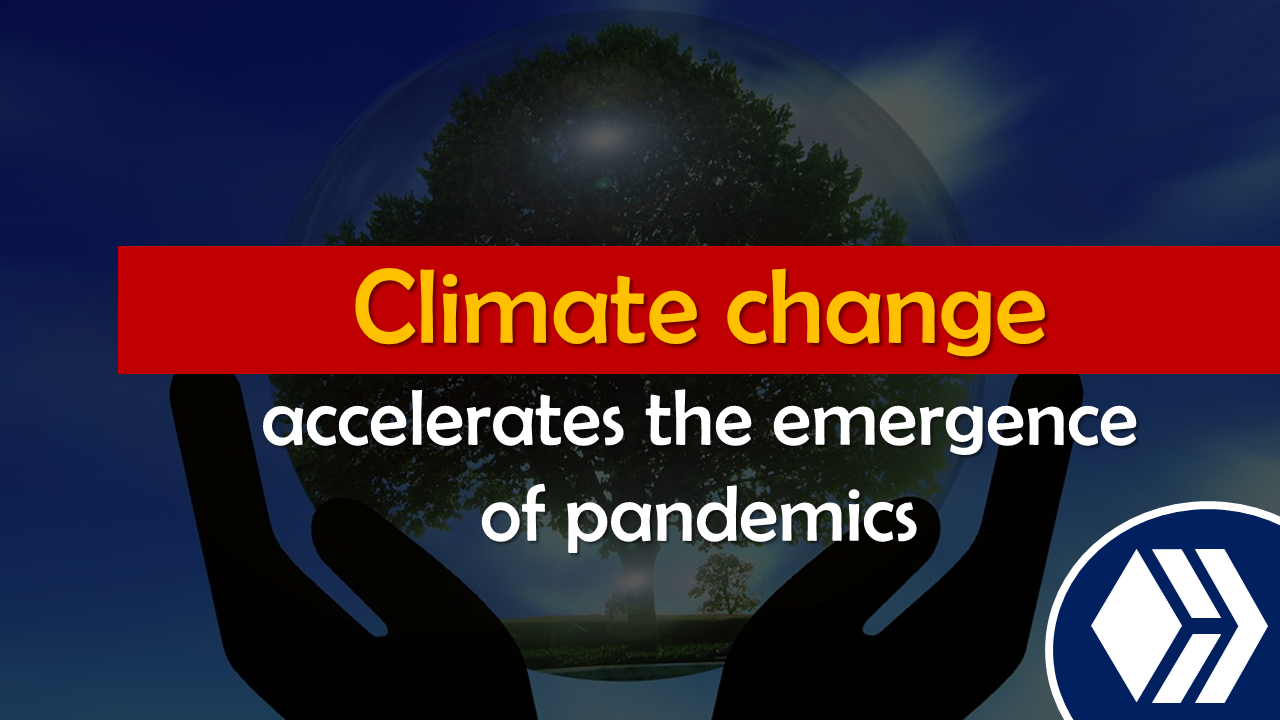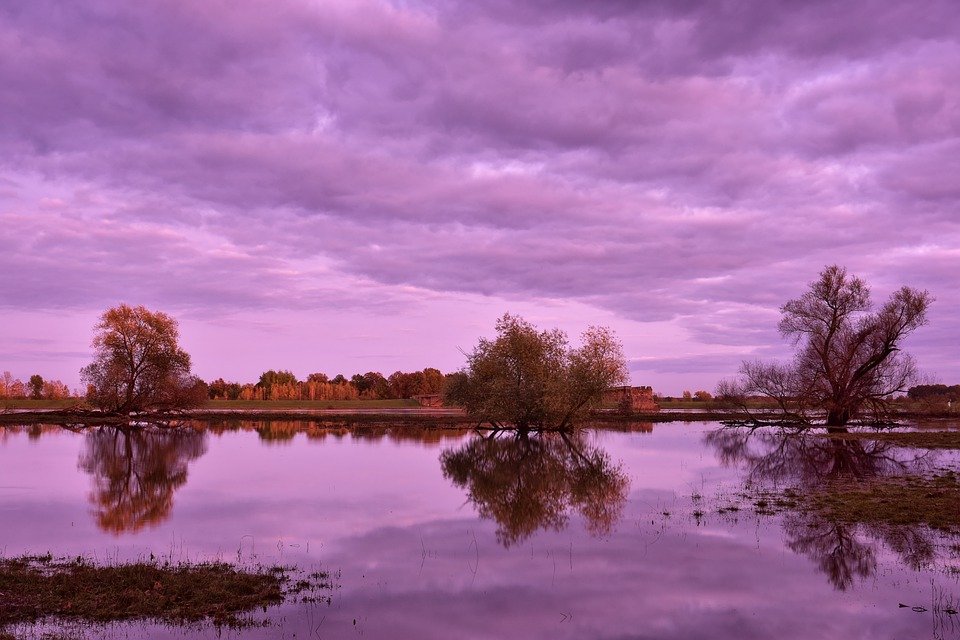
CONTENT
Our natural ecosystems are increasingly vulnerable to new emergencies due to climatic imbalances, an element that alters the niches of multiple macro and microbiological species, an action that accelerates the emergence of new and deadly pandemics.
It should be noted that, according to the World Health Organization, a pandemic is defined as the sudden appearance of a disease that affects a large part of the population and in many countries, and according to data revealed by this important organization, the deadliest in history has been smallpox.

The millions of deaths caused by pandemics are associated with environmental problems, for example, the emergence of smallpox, Spanish flu and the current pandemic caused by the new coronavirus, may be due to the evident changes that the climate has undergone in the last two decades due to irrational anthropogenic activations.
In this sense, it is worth mentioning that poor land use and poor ecosystem health management are the main arguments that the scientific community has to deduce that there is a high probability of increased interaction between animals, people, possibly vectors, and pathogens, which will make us more vulnerable to the emergence of pandemics.
This unfortunate situation reveals that in the future new and deadly pandemics will hit humanity, since it is unlikely to slow down the accelerated climate change and the subsequent interaction of animals, people, vectors and pathogens, hence, the hypothesis of environmental groups gains strength by stating that protecting biodiversity will reduce the occurrence of future pandemics.

SOURCES CONSULTED
➊ Huremović D Brief History of Pandemics (Pandemics Throughout History). Link

OBSERVATION:
The cover image was designed by the author: @lupafilotaxia, incorporating the public domain image background: Source / Author: Geralt, 2012

